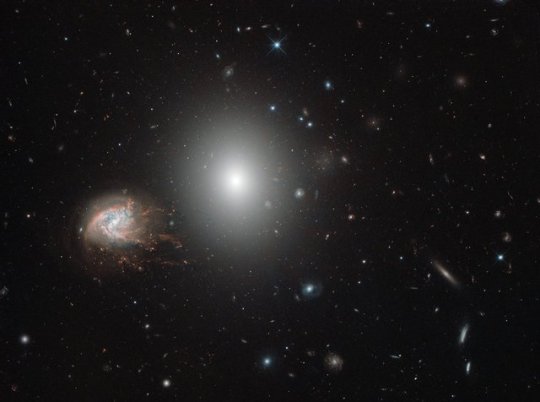Don't wanna be here? Send us removal request.
Photo

explore the surface of the moon with trek
109 notes
·
View notes
Photo
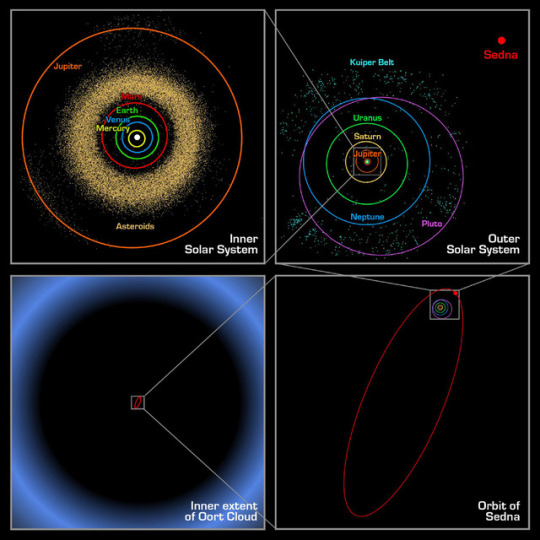
sedna’s 11,408 year orbit
#sedna#nasa#space#deep space#exploration#astrophotography#photography#orbit#diagram#science#kuiper belt#oort cloud#planets
238 notes
·
View notes
Photo
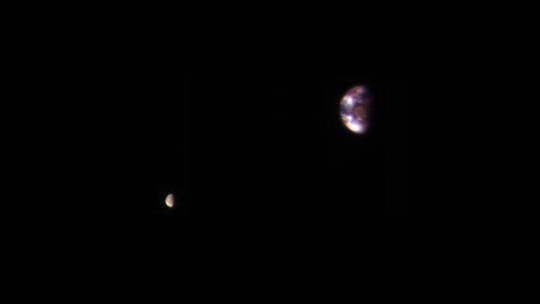
earth and moon as seen from mars
#mars#nasa#mars reconnaissance orbiter#mro#curiosity#planet#solar system#astrophotography#photography#outer space#space exploration
71 notes
·
View notes
Photo
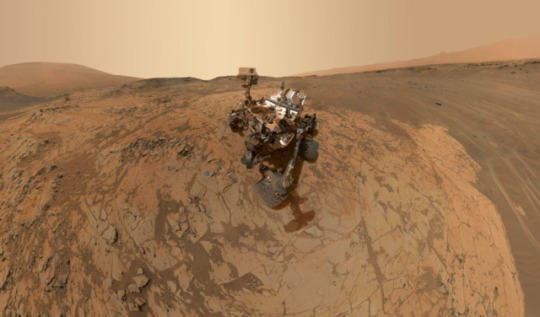
curiosity rover self portrait at the “Mojave” site on mars
#mars#curiosity rover#nasa#space#planet#space exploration#discovery#science#astrophotography#gif#photography#astronomy
105 notes
·
View notes
Photo
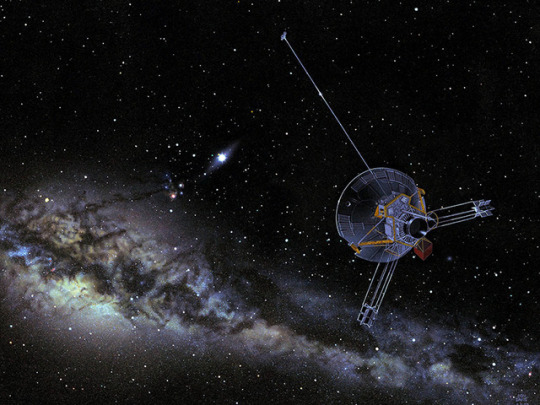
kuiper belt exploration
317 notes
·
View notes
Photo
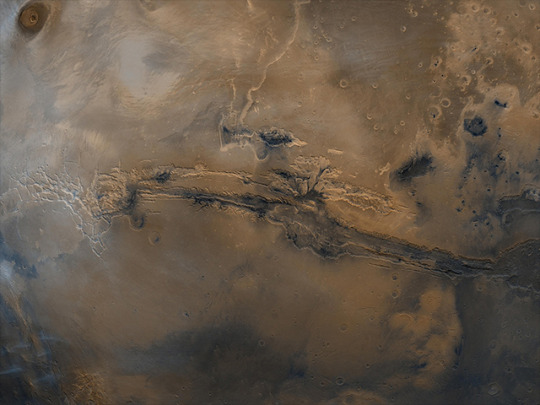
mars
125 notes
·
View notes
Photo
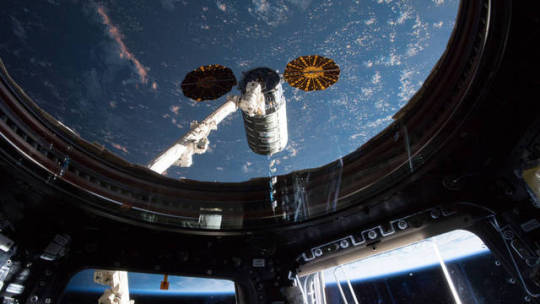
162 notes
·
View notes
Photo
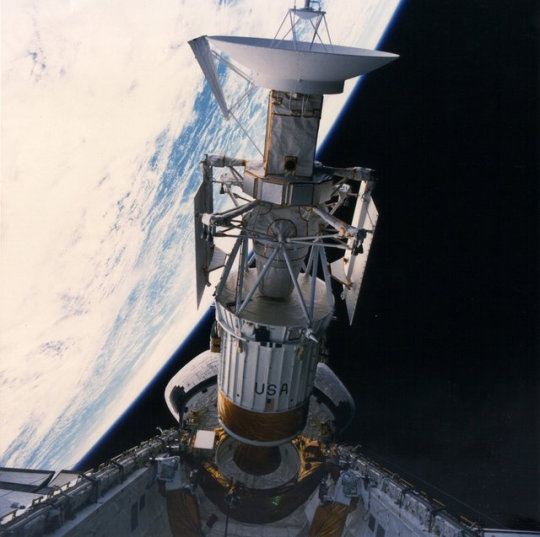
#space#astronomy#nasa#magellan#spacecraft#earth#solar system#deep space#exploration#galaxy#astrophotography#photography
74 notes
·
View notes
Photo
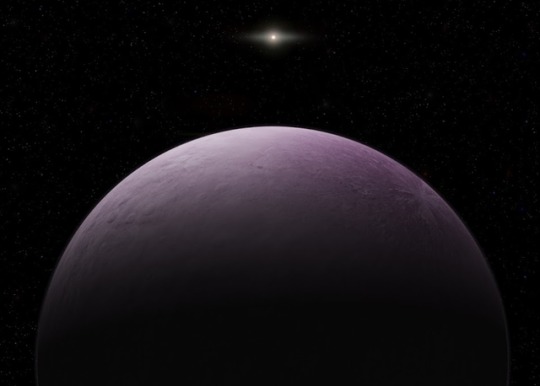
Astronomers just discovered the farthest object in the solar system - “2018 VG18″
On December 17, 2018, astronomers announced the discovery of the most distant known object in the Solar System: a trans-Neptunian object designated 2018 VG18. Nicknamed “Farout” by its discoverers, the object is currently positioned at a distance of roughly 120 AU from the Sun, twice the average distance of Eris, the previous record-holder for distance. 2018 VG18 appears to be roughly 500 km in diameter, potentially qualifying it as a dwarf planet.
At this distance, 2018 VG18 moves very slowly across the sky, so astronomers will only be able to measure an accurate orbit after several years of observations.
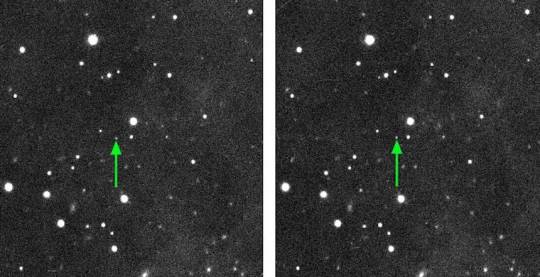
The Magellan observations confirmed that 2018 VG18 is around 120 AU, making it the first Solar System object observed beyond 100 AU. Its brightness suggests that it is about 500 km in diameter, likely making it spherical in shape and a dwarf planet. It has a pinkish hue, a color generally associated with ice-rich objects.
#astronomy#nasa#space#solar system#farout#2018 vg18#astronomy news#astrophotography#discovery#science#magellan#farout planet#planet nine#planet x#current events#deep space
51 notes
·
View notes
Photo

Skylab Space Station
#astrophotography#nasa#1970s#vintage#astronomy#earth#satellite#photography#science#deep space#solar system#planet
57 notes
·
View notes
Photo

Mercury photographed by MESSENGERS
#astrophotography#messengers#nasa#mercury#photography#astronomy#outside solar system#space#outer space
128 notes
·
View notes
Photo

Rainbow Geminid Meteor
Dean C Rowe
The radiant grit cast off by asteroid 3200 Phaethon blazed a path across Earth's atmosphere longer than 60 times the angular diameter of the Moon. Colors in meteors usually originate from ionized elements released as the meteor disintegrates, with blue-green typically originating from magnesium, calcium radiating violet, and nickel glowing green. Red, however, typically originates from energized nitrogen and oxygen in the Earth's atmosphere. This bright meteoric fireball was gone in a flash -- less than a second -- but it left a wind-blown ionization trail that remained visible for several minutes, the start of which can be seen here (source).
#astronomy#picture of the day#nasa#astrophotography#comet#rainbow#photography#nature#space#deep space#solar system
75 notes
·
View notes
Photo
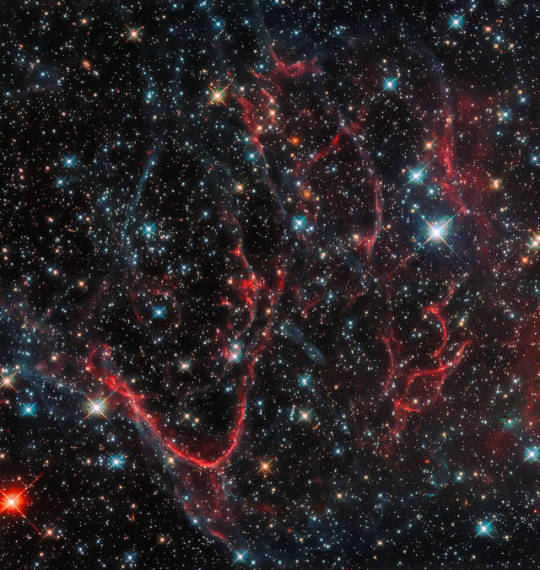
Hubble Captures Tangled Remnants of a Supernova
SNR 0454-67 .2
SNR 0454-67.2 is situated in the Large Magellanic Cloud, a dwarf galaxy that lies close to the Milky Way. The remnant is likely the result of a Type Ia supernova explosion; this category of supernovae is formed from the death of a white dwarf star that grows by siphoning material from a stellar companion until it reaches a critical mass and then explodes.
#astrophotography#hubble space telescope#nasa#deep space photography#space#nebula#galaxy#supernova#deep space
71 notes
·
View notes
Photo

Supernova Remnant HBH3
Spitzer Space Telescope
#astrophotography#spitzer space telescope#nasa#supernova remnant#astronomy#deep space 9#deep space photography#galaxy#nebula
115 notes
·
View notes
Photo

Nearby dust clouds in the Milky Way
Credit: NASA, ESA, and The Hubble Heritage Team (STScI/AURA)
6K notes
·
View notes
Photo
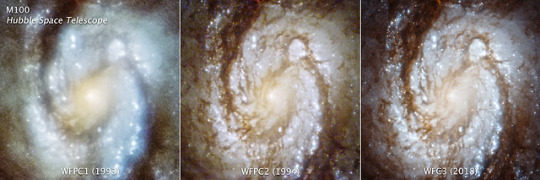
Evolution of the Hubble Telescope
49 notes
·
View notes
